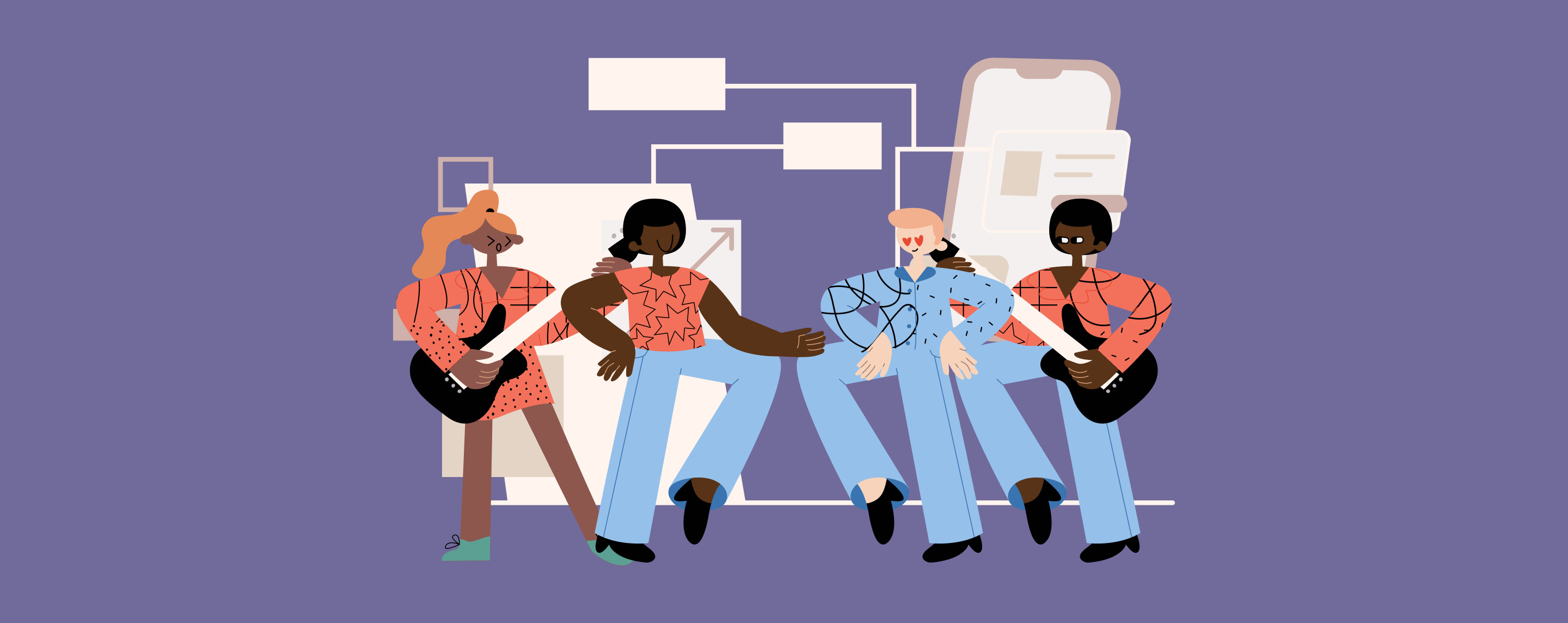Refinancing Personal Loans: How & When to Do It

Share this article:
Editor’s note: Lantern by SoFi seeks to provide content that is objective, independent, and accurate. Writers are separate from our business operation and do not receive direct compensation from advertisers or network providers. Read more about our Editorial Guidelines and How We Make Money.
How Does Personal Loan Refinancing Work?
How Do You Refinance a Personal Loan?
Checking Your Current Credit Standing
Shopping Around for the Best Rates and Terms
Applying for the New Loan
Social Security number Two forms of ID (your driver’s license number or some other state-issued identification, a U.S. passport, a birth certificate, etc.) Recent pay stubs Employer’s name, address, and contact information Recent bank statements Recent tax returns Proof of address (a utility bill, etc.) If you’re self-employed, you may be asked for additional documentation about your income
Say Goodbye to that Old Loan
When Can It Be a Good Idea to Refinance a Personal Loan?
When You Can Get a Better Rate and Terms
If Your Credit Score Has Improved
When You Want to Pay Off Your Loan Sooner
When You Want a Different Rate Type
When You Can’t Afford Your Monthly Payment
When the Original Loan Was Jointly Held
If You Have Debts You Want to Consolidate
If Adding a Cosigner Would Improve Your Loan Terms
Pros and Cons of Refinancing a Personal Loan
Pros of Refinancing a Personal Loan
Find a better interest rate. If your creditworthiness has improved or interest rates have dropped, a lower rate may be available when you refinance. And a lower rate can save you money on interest over the life of your loan. Adjust your loan payment schedule. A new loan length may be a better fit for your current needs and goals. (You could get a shorter payment term with higher payments, for example, or a longer payment term with lower payments.) Move to a new rate type. If your variable-rate loan makes you nervous or you want more consistent payments, you could change to a fixed-rate loan.
Cons of Refinancing a Personal Loan
Pay extra fees or penalties. You may face some unexpected costs as you end one loan and start another. You might have to pay a prepayment penalty to your old lender if you refinance. Or your new lender may charge an origination fee to cover administrative costs. These and other potential fees can add to the cost of refinancing. Spend time researching and applying for a refinance loan. Despite online comparison sites and lenders that offer clear information (and quick prequalifications) on their websites, shopping for a new loan can still be painful. It can take some time to sit down and do the work, and you may still not get the rates and terms you want. Take a hit to your credit score. Most lenders require a hard credit inquiry during the application process, which could cause your credit score to dip temporarily.
Can Refinancing Hurt Your Credit History?
How Soon Can You Refinance a Personal Loan?
The Takeaway
Frequently Asked Questions
LCPL0423020U
About the Author
Kim Franke-Folstad is an award-winning journalist with 30 years of experience writing and editing for newspapers, magazines and websites. Her work for SoFi covers a range of topics related to personal finance, including budgeting, saving, borrowing, and investing.
Share this article: